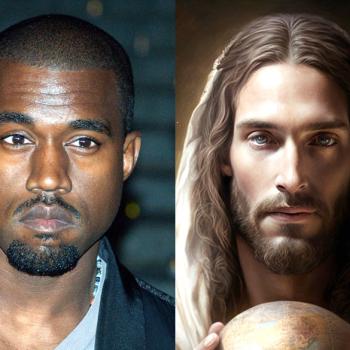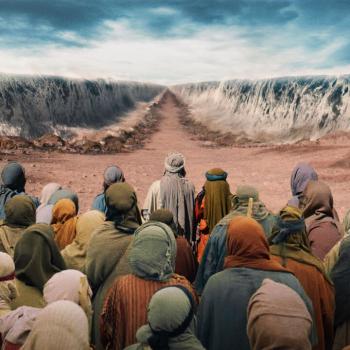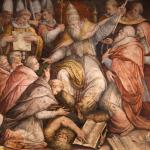American church history is largely a story of division, wrote Robert Lee is a contribution to the 1963 collection, The Challenge of Reunion. In the early twentieth century, that began to change as American churches became “astir with a new spirit of unity and cooperation” (138). He lists 14 intra-denominational unions between 1906 and 1960, and another 5 trans-denominational unions (141-2).
What happened? He doesn’t discount theological or spiritual causes, but focuses attention on cultural and social factors. A key one, he argues, is the Americanization of the church. Citing Oscar Handlin, the great historian of immigration, he observes that “the history of American could be written as the story of migration of ethnic groups to these shores and their subsequent Americanization.” He applies the model to denominational history, which “could be related in terms of ethnic churches transplanted from the European ‘spiritual of nationalism’ and then gradually shedding their foreign features. As social disparities and cultural differences stemming from ethnic backgrounds are overcome, the older barriers once separating religious groups are transcended” (147).
Thus Welsh Calvinist Methodists join with Presbyterians; various national Lutheran bodies unite as the American Lutheran Church. These churches certainly share a faith; but they shared a faith before reunion. What pushes union is the weakening of European cultural identities and “assimilation to a common-core American culture.” In the end, as Charles Kean put it, “Cultural similarities between average Episcopalian and Presbyterian congregations seemed to outweigh in importance the differences in religious tradition” (149).
On the one hand, this is a tribute to the power of American culture, which makes all sorts and conditions of men into Americans. On the other hand, one wonders if the uniting point for these churches is more America than Christ, the flag a more important sacrament of union than the Eucharist. On a third hand, one can see the impact of what Robert Wuthnow calls the “restructuring” of American Christianity: As conceptions of America fragment and diverge, American churches begin to diverge along similar lines.














